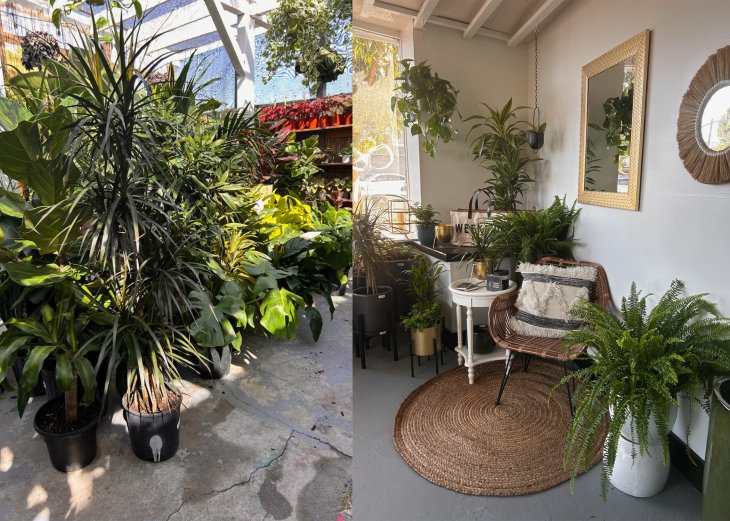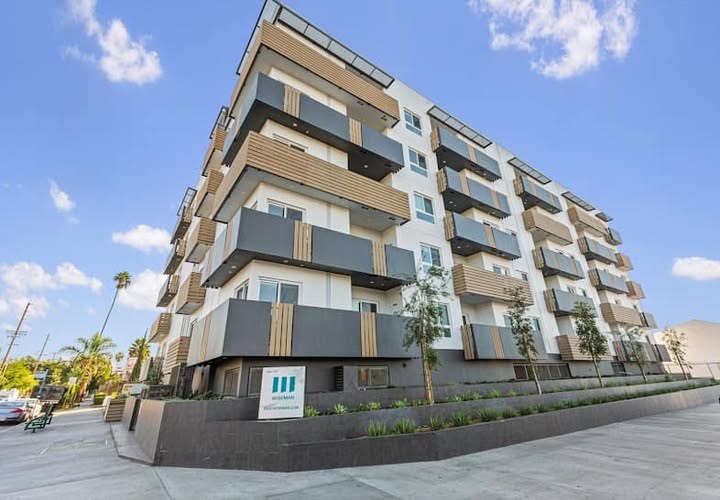Tariffs and Tight Supply Could End Flat Rent Streak
After more than a year of minimal fluctuation, asking rents, or the initial rent amount that a landlord advertises or requests for a property when it becomes available for rent subject to negotiation, across the U.S. continue to hover just below their 2022 peak, but economists say a renewed rise may be imminent due to tariffs and a slowdown in apartment construction.
March marked the 13th consecutive month in which rents posted year-over-year changes of less than 1%, according to a report from Redfin. The median national asking rent remains below the all-time high of $1,705 recorded in August 2022, as an influx of newly built rental units has helped temper price hikes.
However, economists at Redfin caution that the trend may soon reverse. As apartment construction slows, supply is expected to tighten, creating conditions that could prompt landlords to raise rents. Adding fuel to the fire, new tariffs on imported materials may further hinder building efforts.
“Much of America’s construction material is sourced internationally,” said Chen Zhao, Redfin’s economics research lead. “Tariffs on these materials could drive up development costs and slow the rate of new apartment builds, potentially pushing rents higher.”
Zhao also noted that economic uncertainty, driven by volatile markets and trade tensions, may lead more people to rent instead of buying homes, thereby increasing demand in the rental sector. “We’re already seeing signs of this,” Zhao said, adding that tariffs may increase costs across sectors and elevate unemployment, further discouraging homeownership.
In the Los Angeles-Long Beach-Anaheim metropolitan area, the median asking rent is $2,747, with a month-on-month change of 0.01% and a year-on-year change of -2.3%. The median asking rent per square foot is $3.36. While the month-on-month asking rent per square foot has not changed, the year-on-year asking rent per square foot has gone up 1.3%/
Some renters are already making decisions based on economic concerns. In Northern Virginia, Redfin Premier agent Matt Ferris said that one of his clients is selling their home and planning to rent for a year due to concerns about job loss. The region, along with Washington, D.C., has been hit particularly hard by mass layoffs under the Department of Government Efficiency (DOGE), overseen by Elon Musk.
One key factor contributing to rent stability has been the continued delivery of newly built apartments, which temporarily boosted supply. However, that pipeline is slowing, which could ease competition among landlords and drive prices upward again. The National Association of Home Builders notes that nearly 25% of the softwood lumber used in U.S. housing construction—an essential building material—comes from Canada, making the industry vulnerable to trade restrictions.
While the national trend shows stability, regional data reveals sharp contrasts. In Austin, Texas, the median asking rent dropped 10.7% year-over-year in March to $1,420—nearly $400 below its peak during the pandemic. It was the steepest decline among 44 metropolitan areas analyzed by Redfin. Other cities with notable drops include San Diego (-9.7%), Portland, Oregon (-7.8%), Minneapolis (-7.8%), and Raleigh, North Carolina (-6.8%).
Austin’s rent decline follows an aggressive construction boom during the pandemic that expanded the city’s housing supply, making it more affordable and pushing it out of the top spot for priciest Texan city for renters.
Conversely, cities like Cincinnati are seeing sharp rent increases. Asking rents there climbed 12.1%—the largest uptick nationwide—followed by Providence, Rhode Island (11.4%), Cleveland (10.6%), Washington, D.C. (8.5%), and Baltimore (8.4%).
Cincinnati’s surge stems from a mismatch between supply and demand, according to Redfin Premier agent Cody Brownfield. “We’ve seen a lot of new development, but not enough to keep up with demand,” he said, adding that many of the new apartments are in luxury buildings, which skews the median price upward.
Broken down by apartment size, all bedroom types saw minor year-over-year rent declines in March. Studios and one-bedroom units fell by 0.9% to a median of $1,467, two-bedroom units dipped 0.5% to $1,690, and three-bedroom units declined 0.4% to $1,997—the smallest decrease recorded in recent months. You can read the full report here.





















